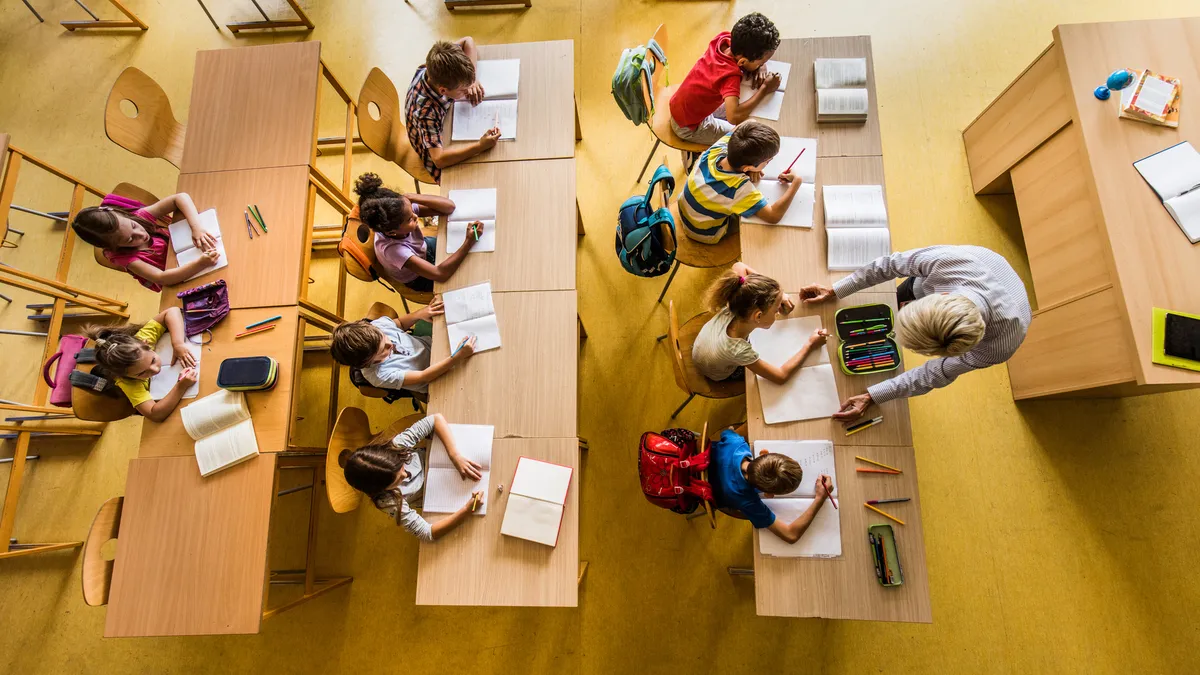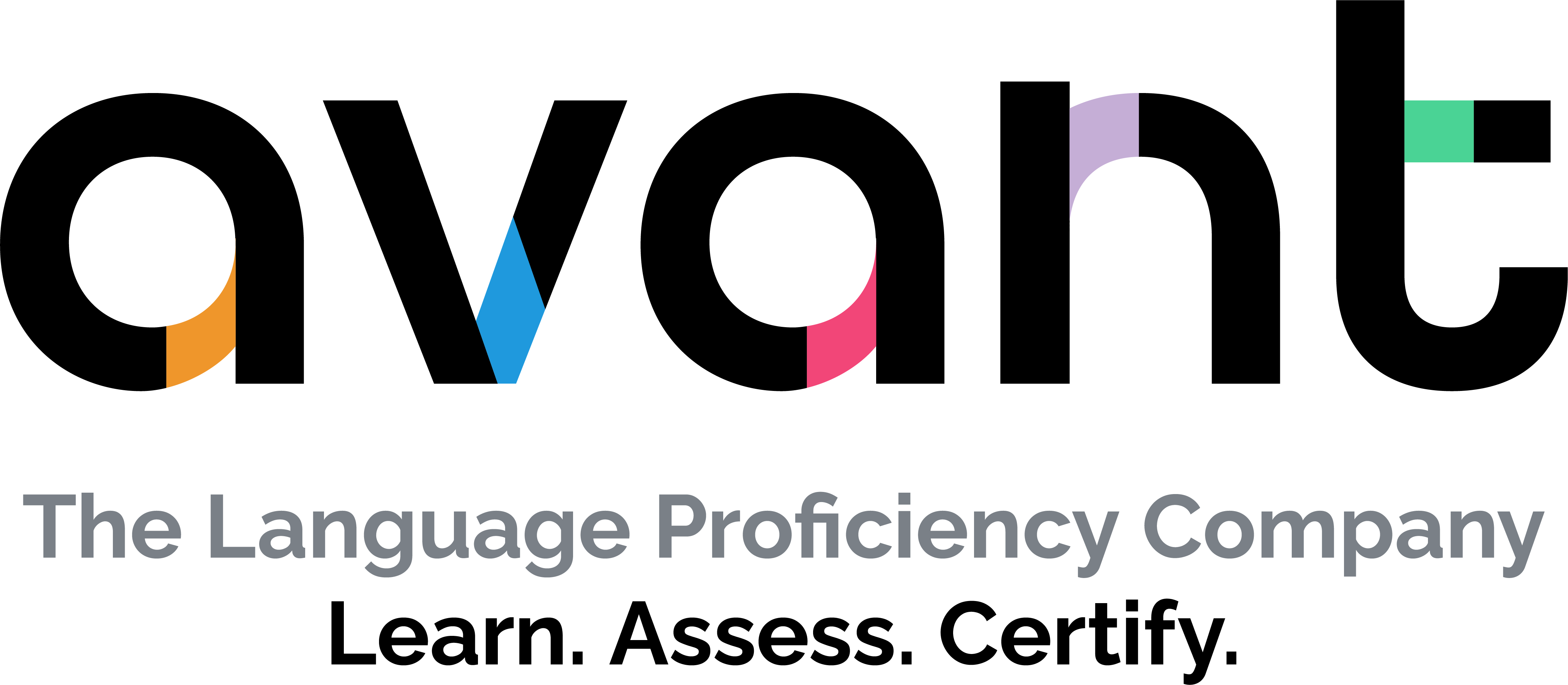Dive Brief:
-
Nearly two-thirds of public school teachers in the U.S. have decided to limit instruction on political and social issues in the face of local climates and policies addressing such discussions and teachings, according to survey findings released by RAND Corp on Thursday. Fear of losing teaching jobs or licenses drove educators' decisions to scale back instruction in places with restrictions.
-
However, 55% of teachers in places without such restrictions still decided to limit instruction about political and social issues. These teachers cited a lack of guidance from school or district leaders as a key reason behind their decision.
-
Overall, teachers in places both with and without restrictions said they limited their instruction for fear of upsetting parents — and said they felt uncertain whether their school or district leaders would back them if parents expressed concerns.
Dive Insight:
As of January 2023, 18 states had passed policies restricting teachers' instruction, according to RAND's findings from the 2023 State of the American Teacher Survey. In the year since, another 2 states have passed such policies, said Ashley Woo, assistant policy researcher at RAND.
When the so-called "Don't Say Gay" and anti-Critical Race Theory policies initially gained traction toward the tail end of former President Donald Trump's administration, policy and curriculum experts warned they would chill conversation in the classroom. Since then, many lawsuits have in fact been filed asserting such outcomes.
However, RAND's new report shows that such policies' impact have spread even beyond the states in which they are passed.
In fact, the 65% of teachers nationwide deciding to limit instruction as of 2023 is nearly double the share of teachers in states that have enacted restrictive policies. In addition, teachers in states without restrictions were just as likely to report that they were subject to informal guidance or other more localized restrictions.
"That is, we suspect that teachers who are not subject to such state-level restrictions are nevertheless experiencing the consequences of these policies and adjusting their instruction accordingly," the authors wrote.
And it is likely that those not subject to restrictions still experienced pressure from other sources than their state or local leaders, such as from parents or community members, according to the report.
Many teachers also described instances in which their school or district leaders discouraged them from addressing political and social topics in the classroom either implicitly or explicitly.
"However, our findings raise the possibility that teachers are shying away from instruction about political and social issues even in places where many parents and community members are likely to support or even desire such instruction," such as in liberal communities, the authors said.
As a result, it's possible that the policies are spilling over elsewhere and affecting more students than originally thought. There are approximately 18 million public school students across the 18 states with curriculum restrictions that RAND studied, according to Woo.
Many of the same curriculum restrictions that have driven teachers’ decisions to scale back instruction, as RAND studied, have also led to book bans in over half of states.
An index compiled by PEN America, a free speech advocacy organization tracking the state policies, shows book bans were in place in 86 school districts across 26 states as of April 2022. Such policies represented 2,899 schools enrolling over 2 million students.
Woo suggested teachers and education leaders engage with families to "build a foundation of trust even before any conflict arises," by communicating the educational value behind their instructional choices.
"This might involve being transparent about the topics that teachers are engaging in during class, and how these topics align with best practices for students’ academic learning and social and emotional development," Woo said in an email.
The RAND survey was conducted with a nationally representative sample of 1,439 K-12 teachers in mid-January to mid-February last year.














